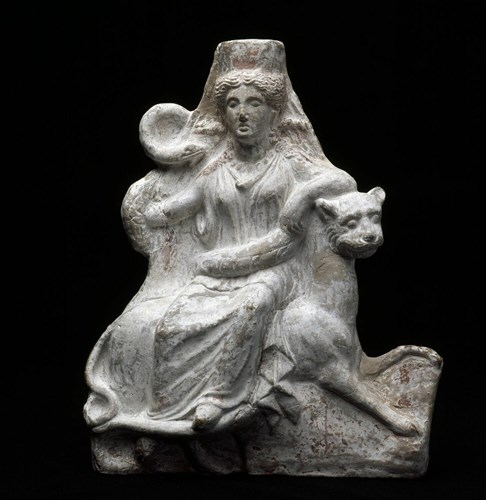The dragons of Demeter
Demeter was usually associated with piglets and snakes among the many subjects of the animal kingdom. However, she was also known to keep more exotic pets and put some of these to hard work to benefit humanity. Her menagerie in Eleusis offered a home to all sorts of stray animals, with a dragon being the most famous. Cychreus was the son of Poseidon and Salamis. He encountered a terrible dragon that terrorised the locals during a visit to the island that now bears his mother’s name. He killed the beast and became king. According to a different version, he raised the dragon/serpent and named it Cychreides. The animal grew to become ferocious. Cychreus was unable to tame it, and Cychreides turned into a source of infernal trouble for the people of Salamis. Eventually, Eurylochus, a Salaminian hero, drove the dragon away. The serpent made its way to Eleusis and became Demeter’s pet. Another story claims that Cychreus himself was called the “Dragon” due to his cruel nature. When Eurylochus defeated him, he sought shelter in Eleusis and became Demeter’s priest.

Demeter with serpent and panther, 375-325 BCE, sculpture, Musée du Louvre © 2005 Musée du Louvre / Daniel Lebée/Carine Deambrosis
Demeter’s menagerie included a few winged dragons too. So when Triptolemus prepared to embark on his world tour, the goddess gave him two dragons to pull his chariot as he spread the secrets of grain agriculture to mortals in every corner of the earth. The dragons performed their duties without a hitch, but they also became targets for unscrupulous kings who wished to take advantage of Triptolemus. Charnabon, a king of the Getae, killed one of the dragons that pulled his chariot. Demeter intervened and replaced the slain serpent with another one. The Roman poet Ovid claimed that Demeter kept the dragons in a cave of corroded pumice on Mount Etna in Sicily, while Nonnus placed the dragon manger on Mount Olympus. The same author alleged that Demeter brought Persephone to a cave in Sicily and placed the dragons as guards to protect her daughter: one she put by the jutting rock on the right of the door, one on the left beside the stone-pointed barrier of the entry.





